Trump wants to exert control over federal architecture
Beyond his ballroom, Trump has several other architectural plans in mind

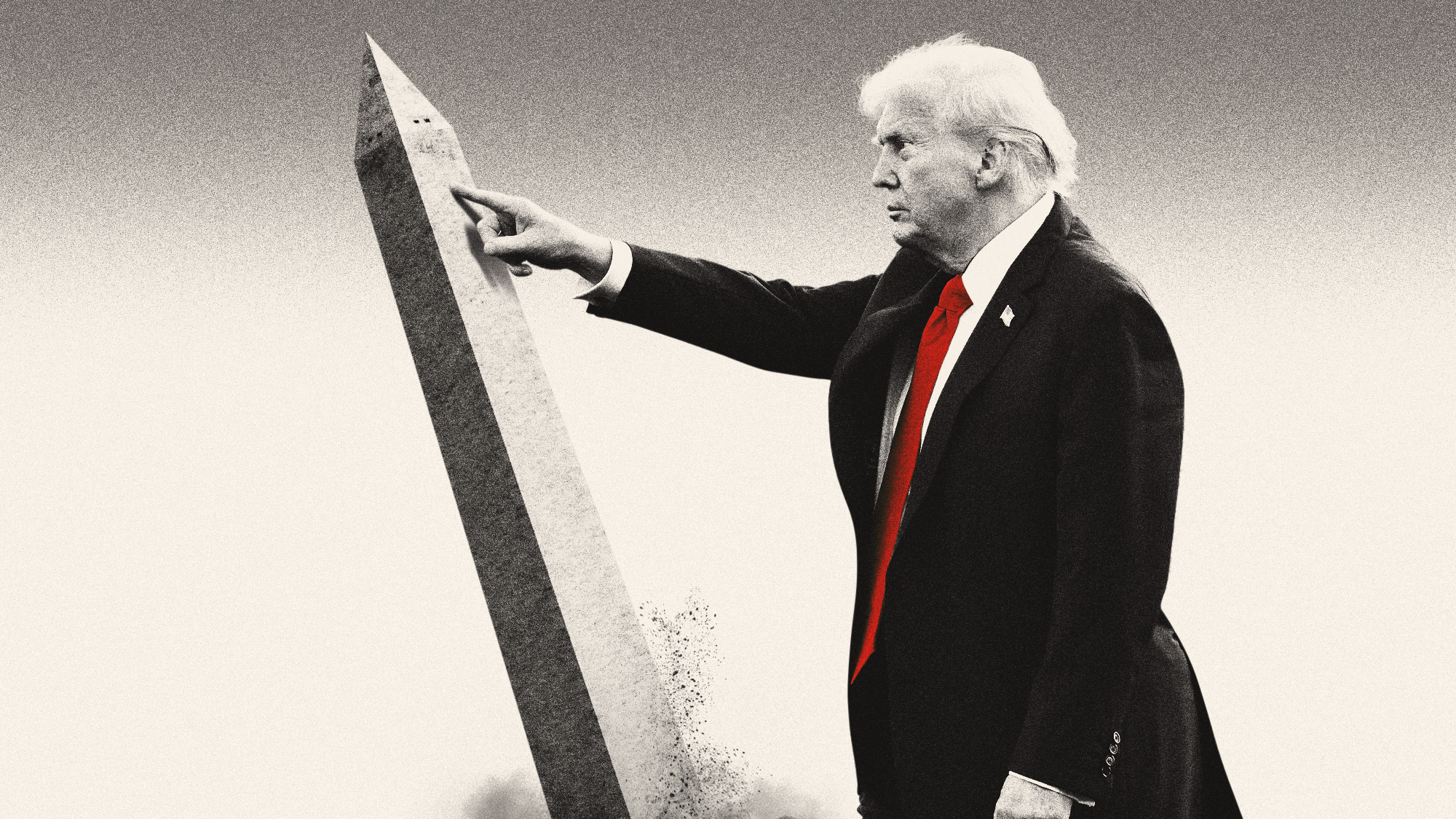
Political analysts have criticized President Donald Trump’s plan to replace the East Wing of the White House with a gilded ballroom. But while this scheme has dominated the headlines, it’s not the only way in which the president wants to exercise his authority over architecture in the nation’s capital. From a wide-ranging executive order to plans for a massive monument, Trump appears to be looking to make an indelible mark on Washington, D.C.
What are Trump’s architectural plans?
To shape America’s capital city in his image, the president signed an executive order in August designed to “make federal architecture beautiful again.” It “mandates all federal buildings ‘embrace classical architecture,’” said CNN, and “specifically takes aim at brutalist architecture” that is common in D.C.
This revised a “longstanding ban against establishing an official style for government — and substantially boosted the profile of architecture firms that practice in a traditional style,” said Bloomberg. The order states that federal buildings must be “visually identifiable as civic buildings.” It is designed to replace the Guiding Principles for Federal Architecture, which had been in effect since 1962.
The Week
Escape your echo chamber. Get the facts behind the news, plus analysis from multiple perspectives.

Sign up for The Week's Free Newsletters
From our morning news briefing to a weekly Good News Newsletter, get the best of The Week delivered directly to your inbox.
From our morning news briefing to a weekly Good News Newsletter, get the best of The Week delivered directly to your inbox.
But Trump’s order now means that “neoclassical architecture will be the official style for all new federal buildings in Washington, D.C., while federal agencies will be encouraged to build traditional designs everywhere else,” said Bloomberg. This could eventually “steer hundreds of millions of dollars in federal contracts toward a relatively small number of boutique firms.”
Trump has also opined on new structures for the city, like a “vast triumphal arch that the president aims to build right across the Potomac from the Lincoln Memorial to celebrate America’s 250th birthday,” said Politico. The arch resembles Paris’ Arc de Triomphe and has been referred to as the “Arc de Trump.” It seems, though, that Trump wants the arch more for his own personal taste than anything else. A White House correspondent “asked the president who the arch is for, and Trump pointed at himself: ‘Me,’” said CBS News.
What is the bigger picture?
Considering Trump’s executive order, the “weird mix of bureaucratese (‘set forth in this subsection’) and authoritarian diktat is part of the new normal, perhaps,” said The New Yorker. There are “elements of explicable emotion in Trump’s executive order — as is usually the case with such authoritarian declarations.” The modern architecture Trump wants to do away with is “nothing against the guaranteed mediocrity and emptiness of taste in a style dictated in advance and ordered from on high.”
Others see this as a direct effort by Trump to impose his will. His actions are “designed more to appeal to his base than to kick-start any real effort to build faux-Roman temples,” said Jacobin. Rather than focusing on what he does in Washington, the “real impact on architecture will be made through the sales of federal buildings, the spatial occupation of American cities by military patrols, the denial of disaster recovery funds to places like tornado-stricken St. Louis, and the construction of immigration detention camps that gin up profits for the private sector.”
A free daily email with the biggest news stories of the day – and the best features from TheWeek.com
Justin Klawans has worked as a staff writer at The Week since 2022. He began his career covering local news before joining Newsweek as a breaking news reporter, where he wrote about politics, national and global affairs, business, crime, sports, film, television and other news. Justin has also freelanced for outlets including Collider and United Press International.
-
 The MAGA civil war takes center stage at the Turning Point USA conference
The MAGA civil war takes center stage at the Turning Point USA conferenceIN THE SPOTLIGHT ‘Americafest 2025′ was a who’s who of right-wing heavyweights eager to settle scores and lay claim to the future of MAGA
-
 The 8 best drama movies of 2025
The 8 best drama movies of 2025the week recommends Nuclear war, dictatorship and the summer of 2020 highlight the most important and memorable films of 2025
-
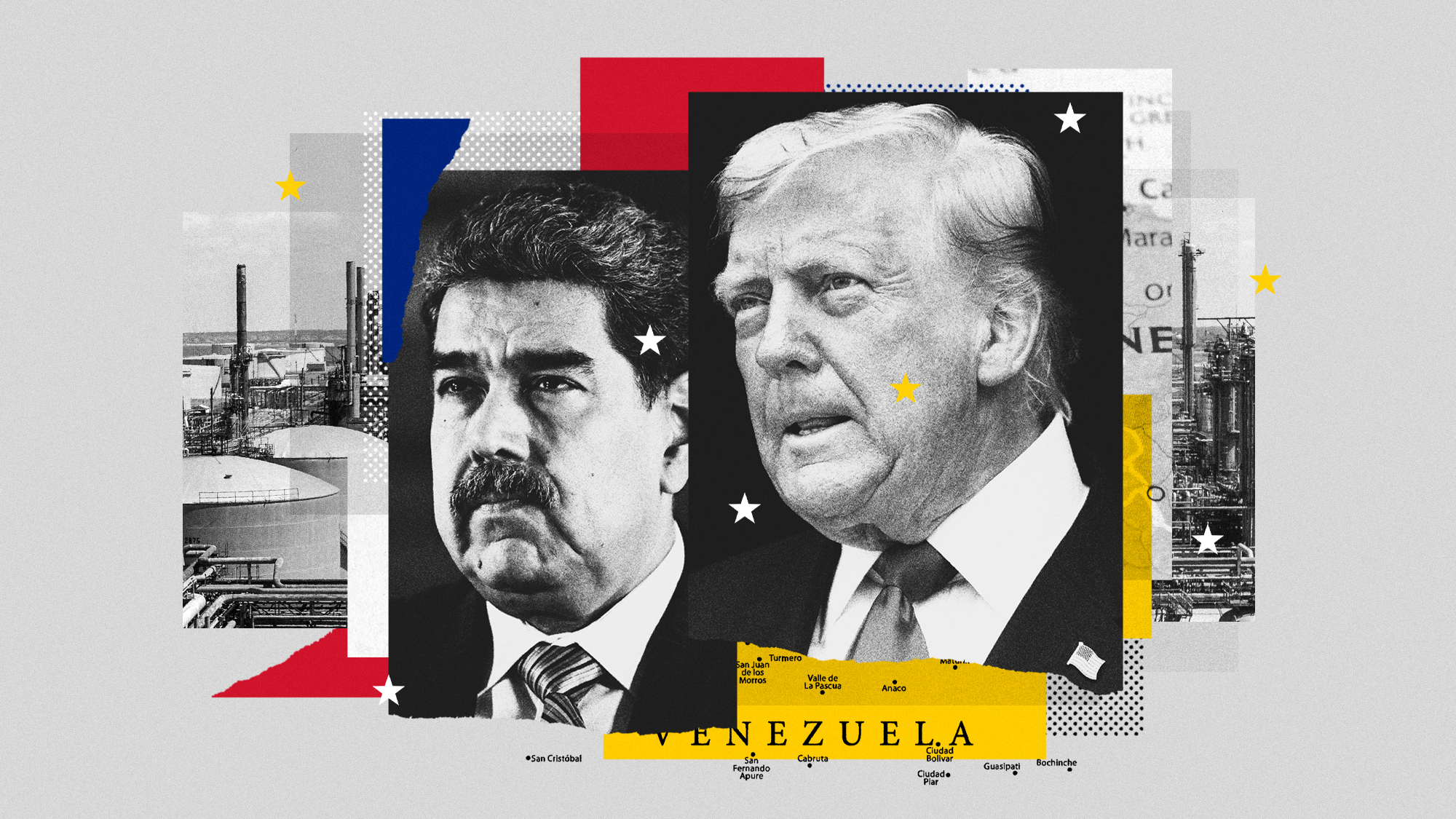 Why, really, is Trump going after Venezuela?
Why, really, is Trump going after Venezuela?Talking Points It might be oil, rare minerals or Putin
-
 The MAGA civil war takes center stage at the Turning Point USA conference
The MAGA civil war takes center stage at the Turning Point USA conferenceIN THE SPOTLIGHT ‘Americafest 2025′ was a who’s who of right-wing heavyweights eager to settle scores and lay claim to the future of MAGA
-
 CBS pulls ‘60 Minutes’ report on Trump deportees
CBS pulls ‘60 Minutes’ report on Trump deporteesSpeed Read An investigation into the deportations of Venezuelan migrants to El Salvador’s notorious prison was scrapped
-
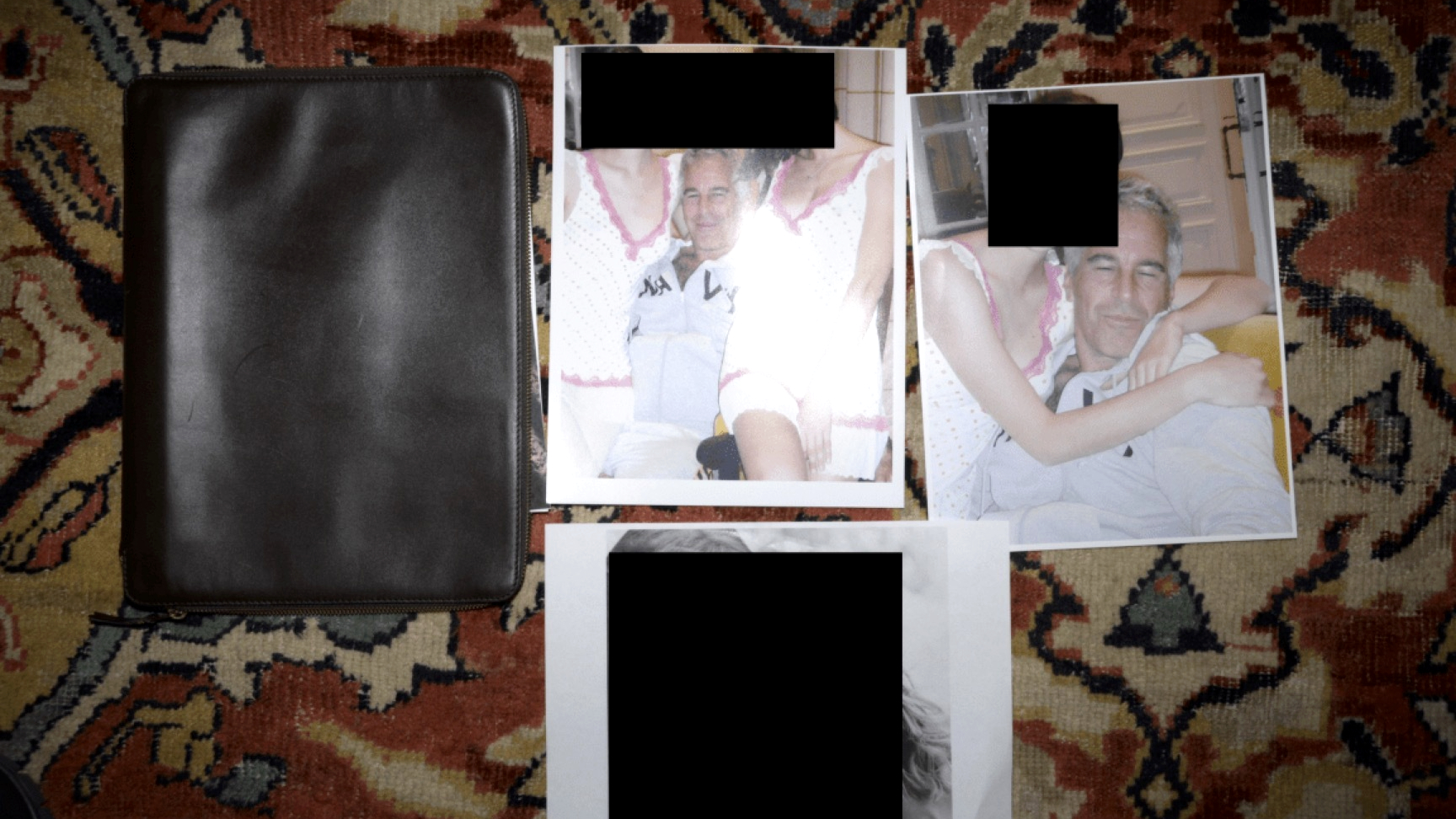 Trump administration posts sliver of Epstein files
Trump administration posts sliver of Epstein filesSpeed Read Many of the Justice Department documents were heavily redacted, though new photos of both Donald Trump and Bill Clinton emerged
-
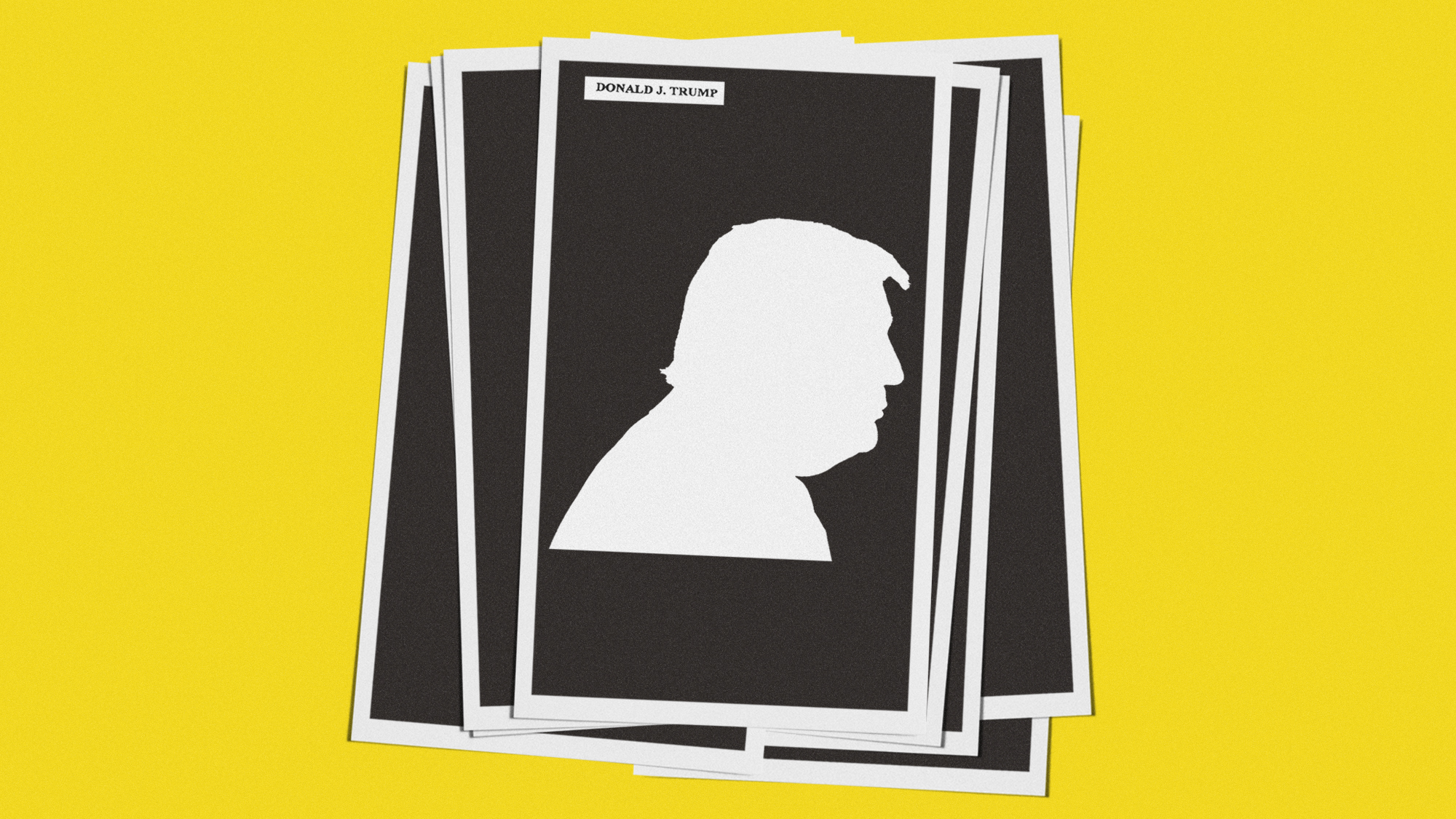 Is Trump deliberately redacting Epstein files to shield himself?
Is Trump deliberately redacting Epstein files to shield himself?Today’s Big Question Removal of image from publicly released documents prompts accusations of political interference by justice department
-
 What Nick Fuentes and the Groypers want
What Nick Fuentes and the Groypers wantThe Explainer White supremacism has a new face in the US: a clean-cut 27-year-old with a vast social media following
-
 Inside Minnesota’s extensive fraud schemes
Inside Minnesota’s extensive fraud schemesThe Explainer The fraud allegedly goes back to the Covid-19 pandemic
-
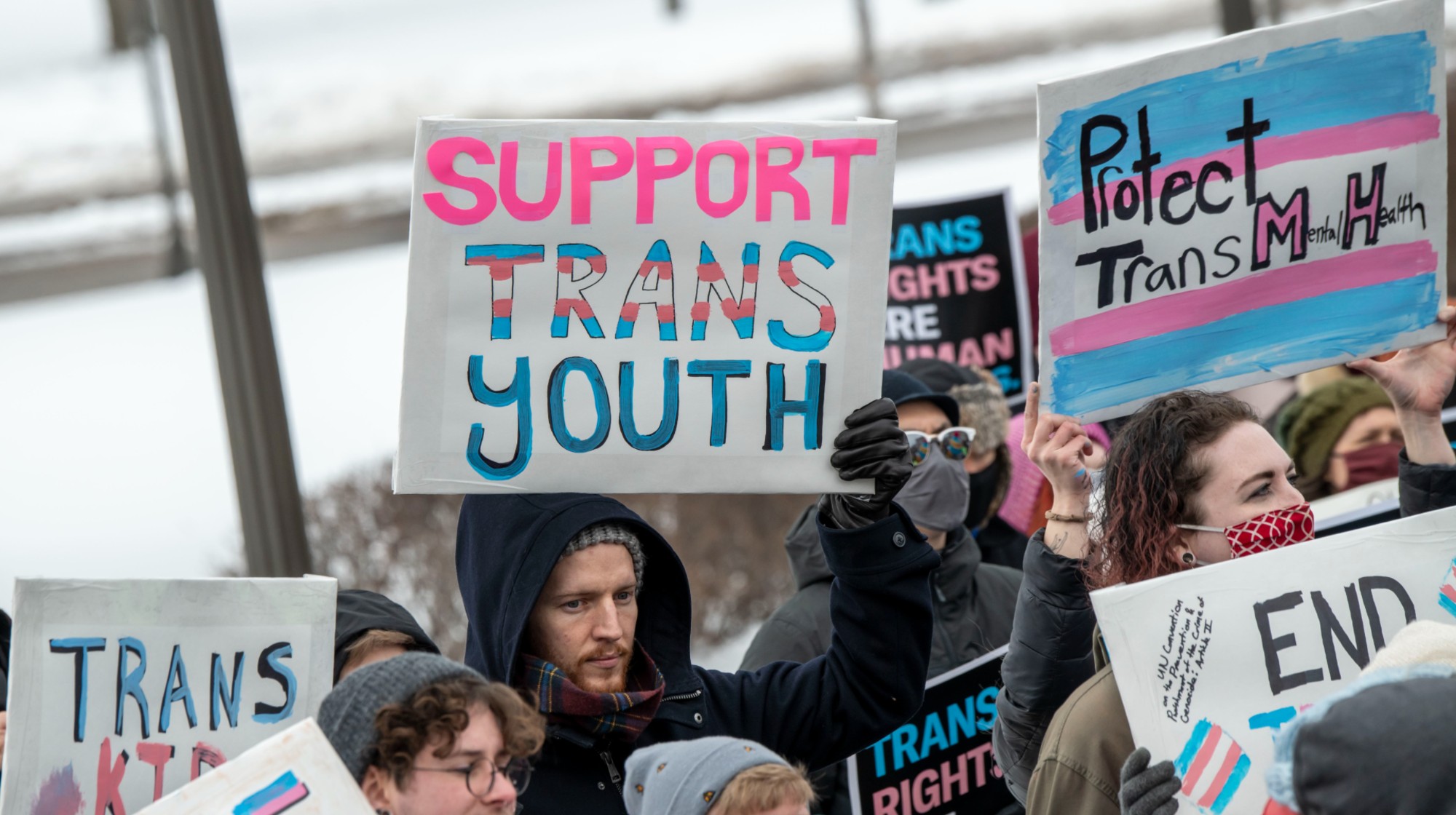 Trump HHS moves to end care for trans youth
Trump HHS moves to end care for trans youthSpeed Read The administration is making sweeping proposals that would eliminate gender-affirming care for Americans under age 18
-
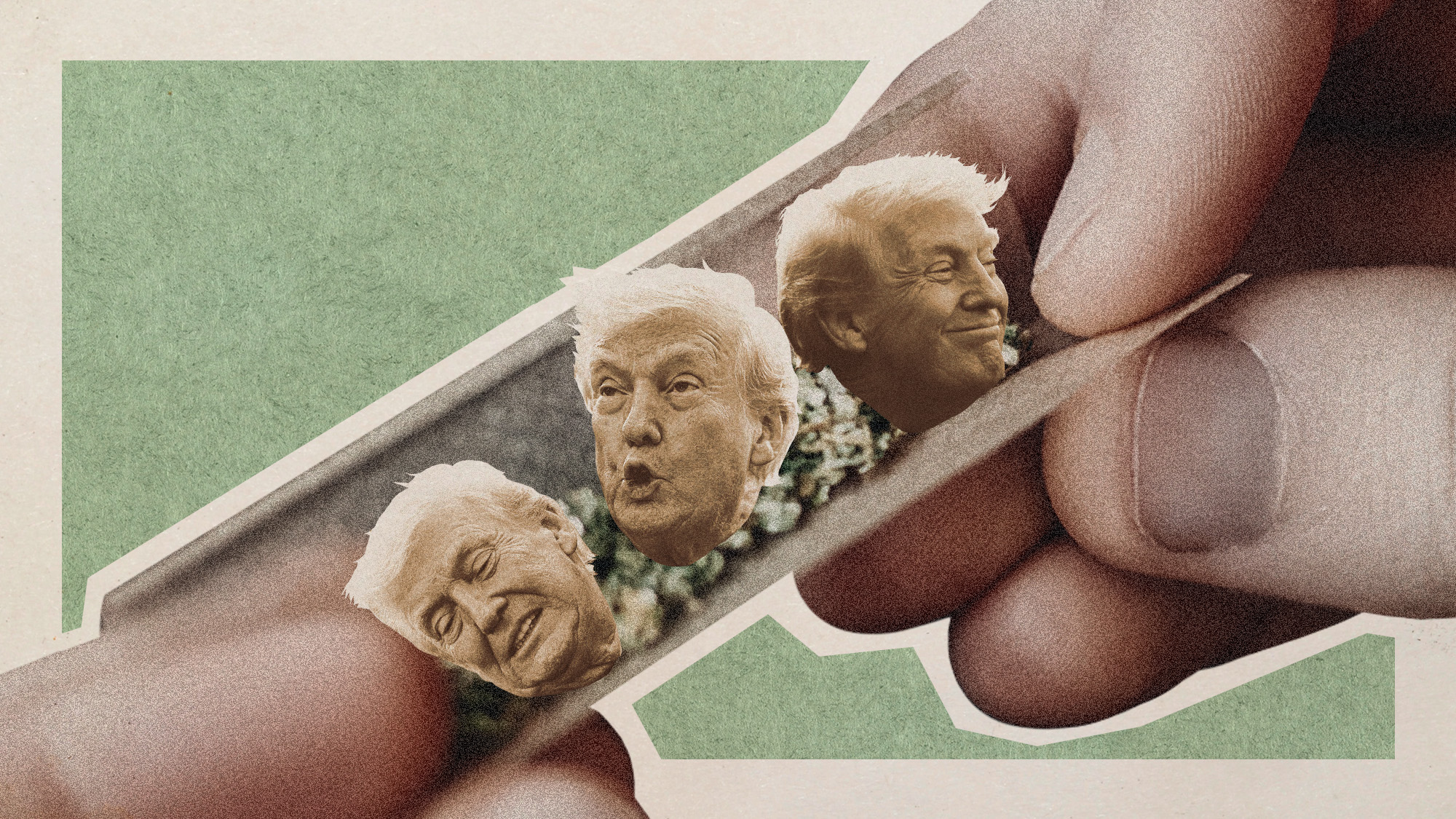 Why does Trump want to reclassify marijuana?
Why does Trump want to reclassify marijuana?Today's Big Question Nearly two-thirds of Americans want legalization
